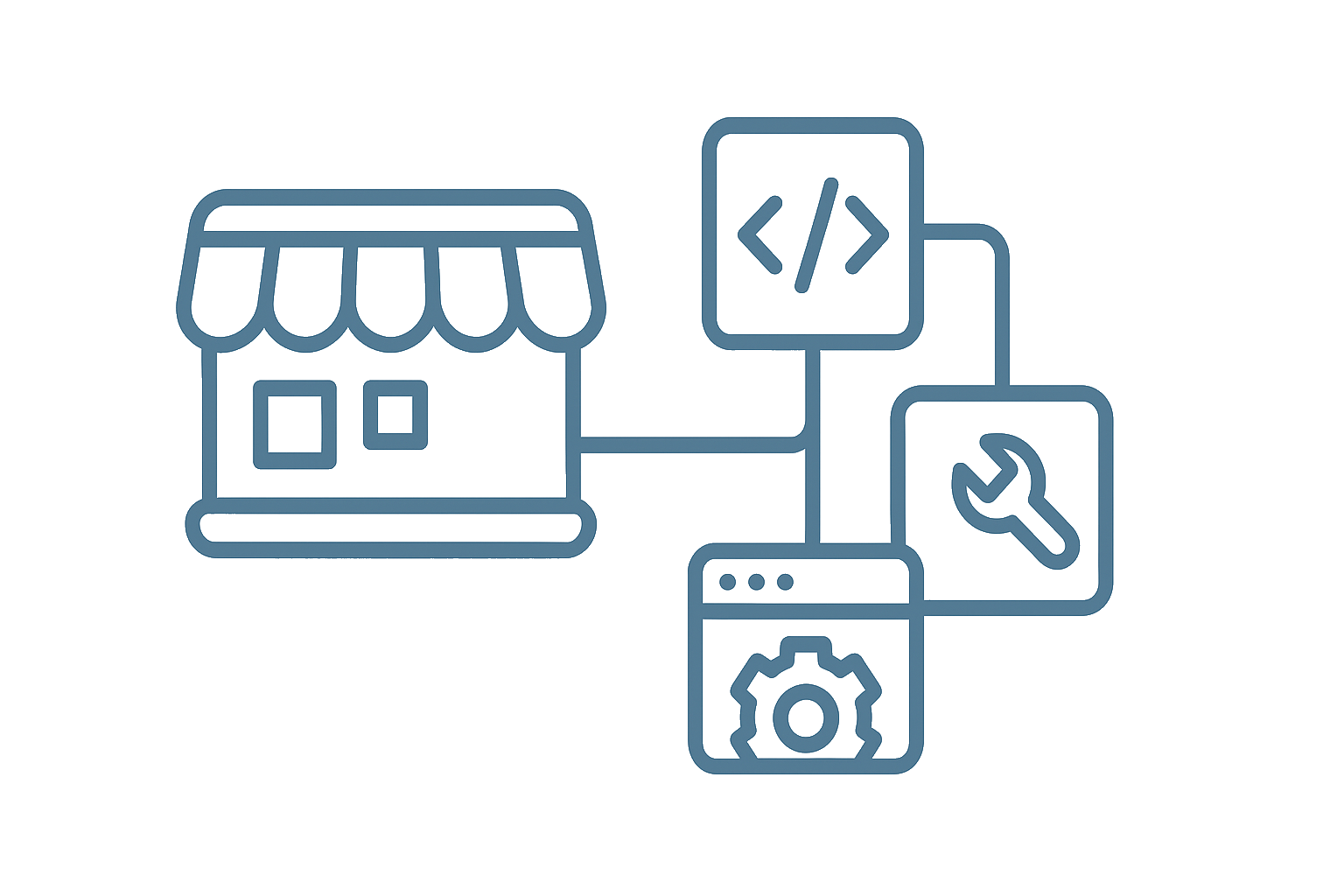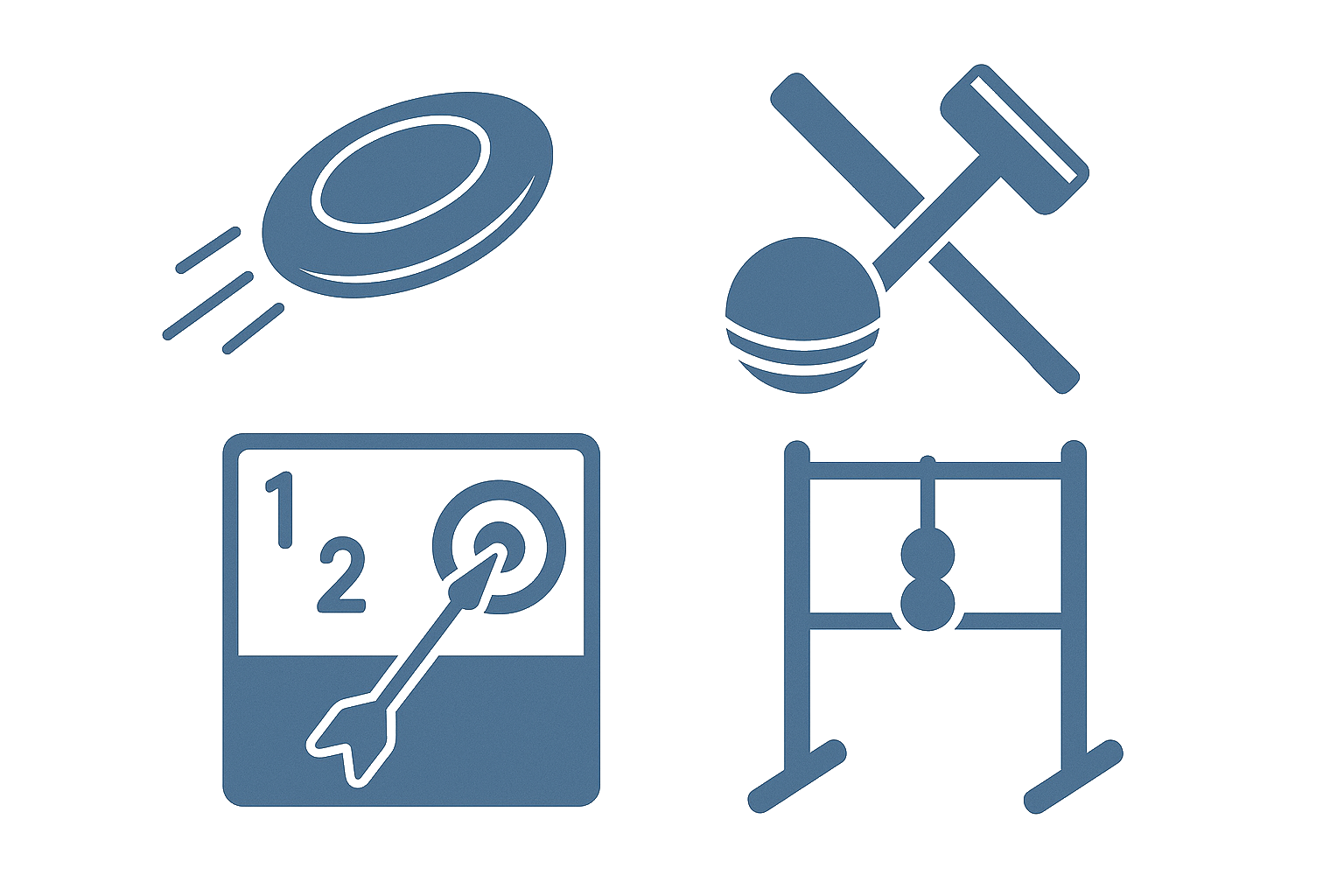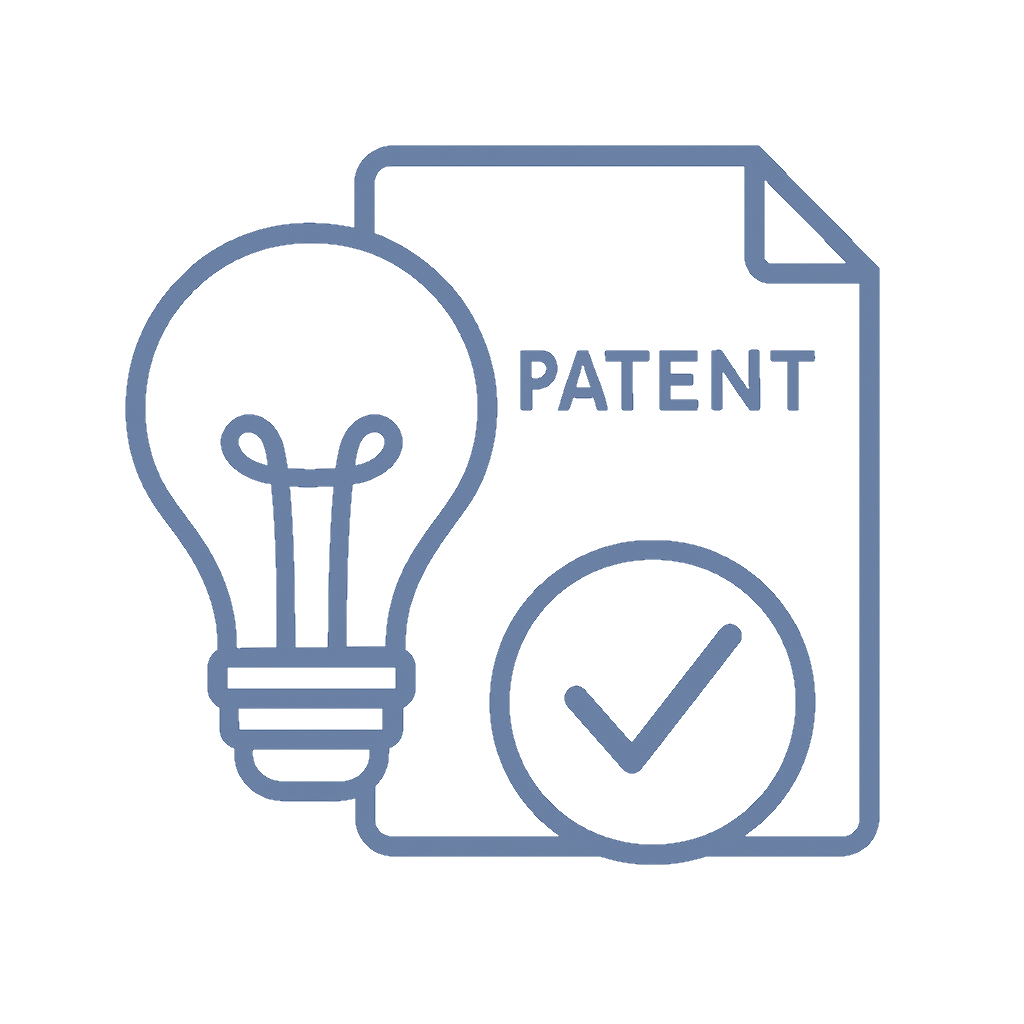🦾 Expertise Snapshot
Computer hardware and peripherals are the unsung heroes of the digital world. While flashy software often steals the spotlight, the chips, keyboards, monitors, and mice (yes, even the ones marketed as “revolutionary”) are what keep innovation truly running. Protecting these physical inventions requires more than just a power cord—it demands a smart, proactive IP strategy.
At Miller IP, we understand the distinct challenges of hardware. From incremental improvements in ergonomics to breakthroughs in semiconductor design, each innovation must be carefully assessed for the right blend of patents, trademarks, and copyrights. By protecting the tools that power our digital lives, we ensure that inventors and businesses don’t just build the next big thing—they own it.
🧠 How Our Expertise Makes a Difference
Hardware moves fast, but so do the copycats. A clever new cooling system, a precision keyboard switch, or a unique monitor design can be reverse-engineered before your first big order ships. That’s where strategic IP comes in.
Our team bridges the gap between deep technical understanding and business-savvy IP protection. We know when a new chip design calls for a utility patent, when a sleek chassis demands a design patent, and when your brand name deserves aggressive trademark defense. The result? Stronger positioning in the market and fewer sleepless nights worrying about knockoffs undercutting your hard-earned progress.
🔒 IP Breakdown: Protecting What Matters
In computer hardware and peripherals, patents safeguard functionality, trademarks protect branding, and copyrights preserve design and content—each playing a unique role in defending innovation.

🔬 Patents in Computer Hardware & Peripherals
Patents are the frontline defense for new chips, processors, and hardware components. Utility patents cover everything from semiconductor architecture to thermal management systems, ensuring competitors can’t replicate the core function of your invention. Even peripherals like ergonomic mice or adaptive keyboards benefit from patent protection when innovative mechanisms are involved.
Design patents, meanwhile, add another layer by protecting the look and feel of your hardware. In a world where consumers buy with their eyes as much as their specs, a distinctive monitor stand or sleek laptop shell can be just as valuable as the circuitry inside. Securing both utility and design patents maximizes coverage and makes your hardware truly untouchable in the marketplace.
🏷️ Trademarks in Computer Hardware & Peripherals
The hardware field is crowded, and trademarks help your brand stand out in the noise. A distinctive product name, logo, or slogan ensures that consumers know exactly who built the device on their desk. For example, when a keyboard is known for its “click,” or a monitor for its “clarity,” the branding becomes as powerful as the product itself.
Trademarks also build customer loyalty. Think of the instant recognition of brand names like “ThinkPad” or “Razer.” Without trademarks, competitors could use similar names to confuse buyers, siphoning off sales and damaging reputation. Strong trademark strategy doesn’t just protect words and logos—it safeguards your company’s identity in a highly competitive market.
📚 Copyrights in Computer Hardware & Peripherals
While patents and trademarks often take the spotlight, copyrights quietly play a vital role in hardware. Instruction manuals, circuit schematics, firmware interfaces, and even graphical designs for device controls can all fall under copyright protection. This ensures your creative and technical content isn’t copied wholesale by competitors.
Copyrights also cover marketing materials—brochures, product photography, and design diagrams—that shape how your hardware is perceived. Protecting this content helps keep your brand narrative authentic and prevents competitors from hijacking your hard work in both engineering and storytelling. In short, copyrights are the glue that protects the ecosystem around your product.
💡 Real-World Business Examples
1. Logitech – A leader in peripherals, Logitech’s innovations in mice, webcams, and keyboards are protected through a mix of utility patents (covering mechanical designs), design patents (covering shapes and ergonomics), and trademarks (ensuring brand recognition worldwide).
2. AMD – Semiconductor design is the heart of AMD’s business. Their processor architectures and chipsets are heavily patented, keeping competitors from replicating key performance features. Meanwhile, trademarks like “Ryzen” and “Radeon” make their products stand out across global markets.
3. Dell – As a hardware giant, Dell leverages a full suite of IP protections. Design patents secure the unique look of laptops and monitors, trademarks keep “XPS” and “Alienware” top-of-mind for consumers, and copyrights lock down the manuals, marketing, and firmware interfaces that support their devices.
Together, these examples highlight how IP serves as both a sword and shield in hardware—driving innovation while defending against the inevitable imitators.

🎯 Take the Next Step
Protect your hardware innovations today—before they’re just another copy on the shelf.











